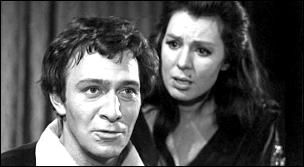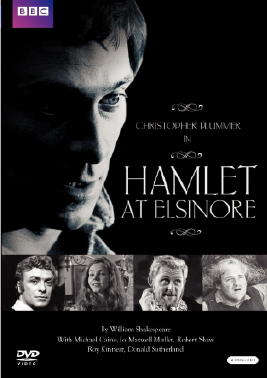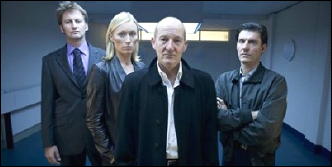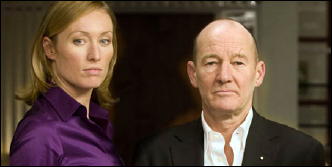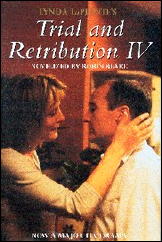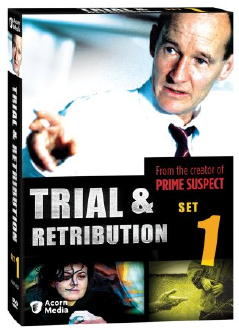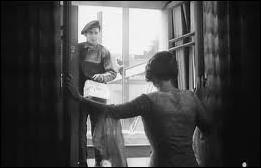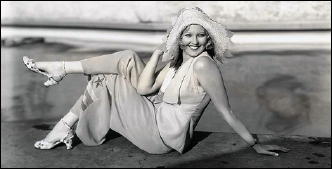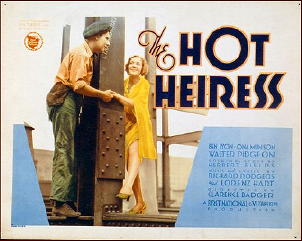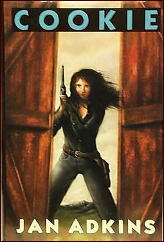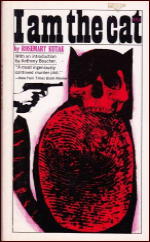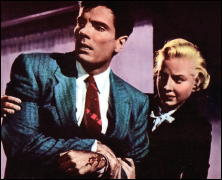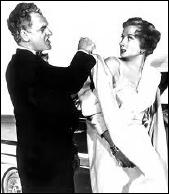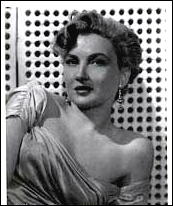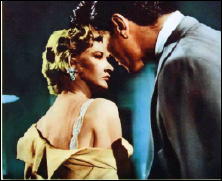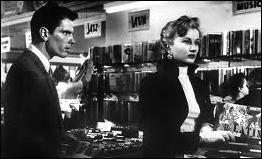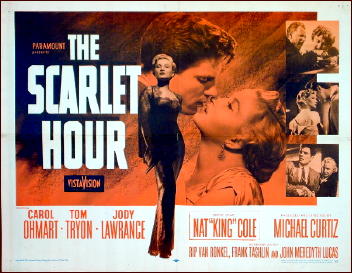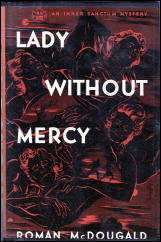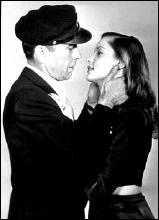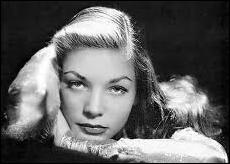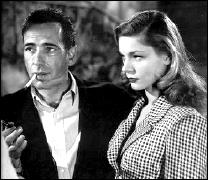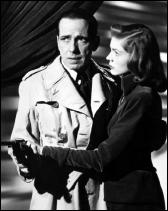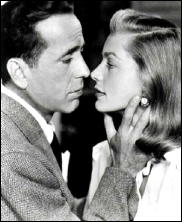IT’S ABOUT CRIME, by Marvin Lachman
— Reprinted from
The MYSTERY FANcier,
Vol. 11, No. 1, Winter 1989.
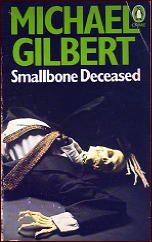
Finally, Michael Gilbert is getting the recognition he deserves. In 1987 he received a Grand Master Award from MWA, in 1988 publishers seem to be falling all over themselves to reprint him, and that is good news for American mystery readers.
Incidentally, Gilbert, who only recently retired as an attorney, did virtually all his writing while commuting by train to London. Yet he had a very active practice and even was Raymond Chandler’s solicitor, writing his will. I am in awe of Gilbert since my own railroad-commuting days were much less productive, limited to reading the newspaper in the morning and napping, despite my best efforts to stay awake, in the evening.
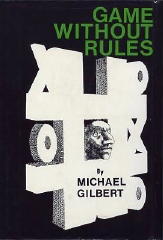
Penguin has reprinted Smallbone Deceased for $3.95, and there is no better possible introduction to Gilbert than this very early (1950) work. It contains many of the elements of the classic puzzle: the bizarre crime (a body is found in a large deed box at a law office), a diagram of the office, and clever chapter headings which fit in with the legal background of this mystery.
Gilbert’s sophisticated writing and expert character development make this book very “modern” for its time, since it was written when most puzzle writers used large chunks of cardboard with which they created the people in their books.
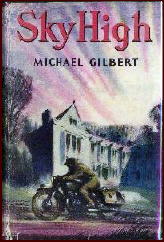
Gilbert is one of the finest short-story writers around, and Carroll and Graf has reprinted his wonderful collection of Calder and Behrens spy stories, Game Without Rules (1967), $3.95. This edition contains the original British titles, though many stories appeared in EQMM under different titles.
By whatever name, most of the stories In this collection are a perfect antidote for readers who are tired of the cynicism and lack of action in John Le Carre. Gilbert’s adept plotting and wit make each story a joy to read and convince me the short story is the proper length for espionage fiction. Especially recommended are “The Cat Cracker,” “Trembling’s Tours,” and “Hellige Nacht,” three of the very best spy short stories ever.
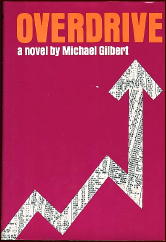
Carroll and Graf has also reprinted, for $3.95, Overdrive (1967), a novel which received considerable critical acclaim, though I found the protagonist, Oliver Nugent, too ruthless to permit me to identify with him.
Allen J. Hubin’s highly favorable review of this book in a Minneapolis newspaper was brought to the attention of the editor of the New York Times Book Review and led to, from 1968 to 1971, his being the first (and far and away the best) replacement for Anthony Boucher.
From Perennial Library comes The Country-House Burglar (1955), $4.95, and The Crack in the Teacup (1966), $3.95, two village mysteries which stress the charm of the British countryside but crackle with surprise and clever plotting. A bonus is the subtle way Gilbert works choral singing and cricket, respectively, into the stories.
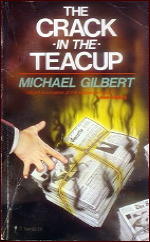
â— Smallbone Deceased. Hodder & Stoughton, UK. hardcover. 1950. Harper & Brothers, US, hardcover, 1950.
â— Game Without Rules. Hodder & Stoughton, UK, hardcover, 1968. Harper & Row, US, hardcover, 1967.
â— Overdrive. Harper & Row, US, hardcover, 1968. First published in the UK by Hodder & Stoughton as The Dust and the Heat, hardcover, 1967.
â— The Country-House Burglar. Harper & Brothers, US, hardcover, 1955. First published in the UK by Hodder & Stoughton as Sky High, hardcover, 1955.
â— The Crack in the Teacup. Hodder & Stoughton, UK, hardcover, 1966. Harper & Row, US, hardcover, 1966.
